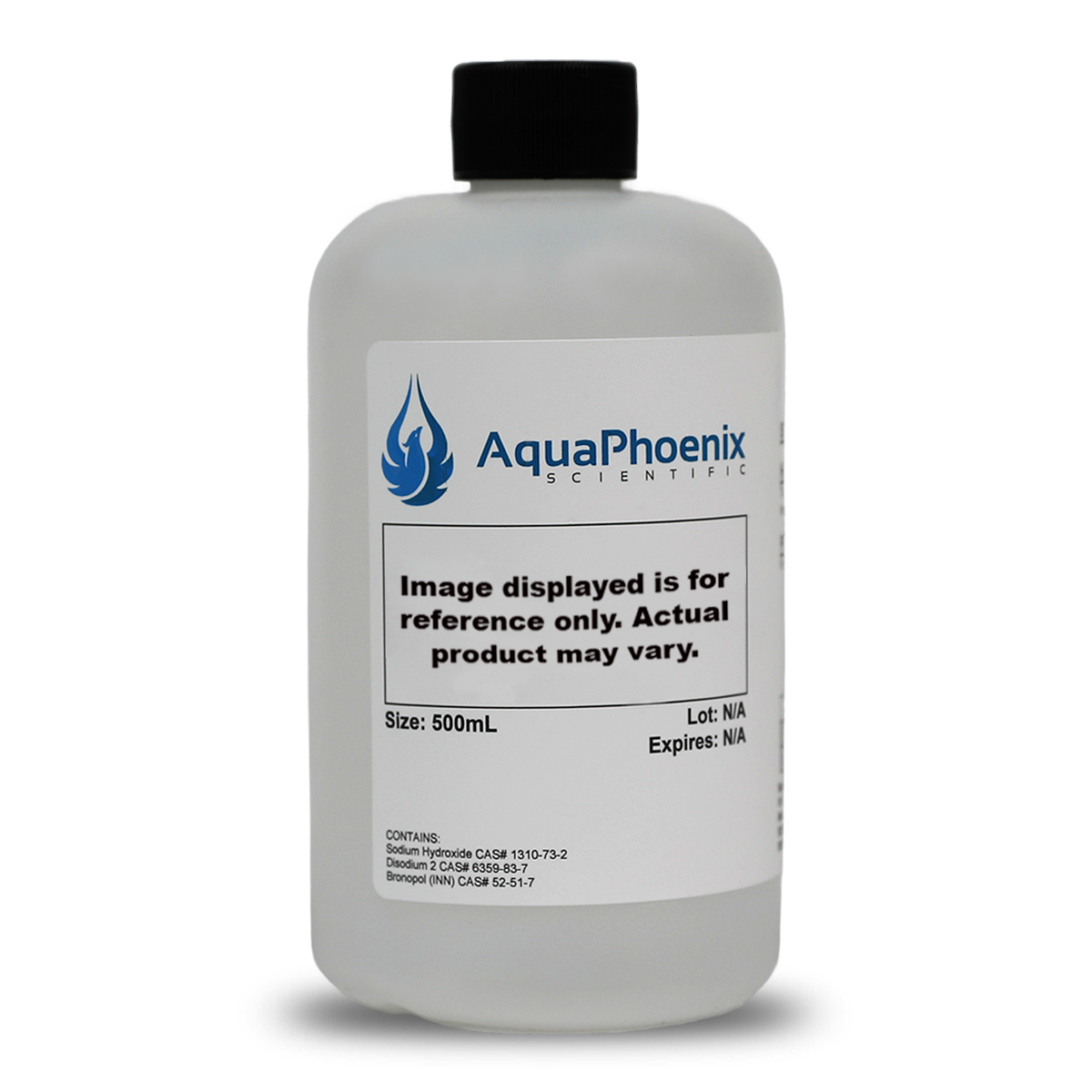Chloride Reagents
Measurement Methods & Reagents
1. Ion-Selective Electrode (ISE) Method (Most common in modern analyzers)
Reagents include:
-
Reference (internal standard) solution
-
Electrode electrolyte solution
-
Conditioning solution
-
Cleaning solution
-
Calibrators (Low and High Chloride)
Principle:
A chloride-selective membrane develops an electrical potential proportional to chloride concentration.
ISE systems require stable calibration solutions and maintenance reagents.
2. Mercuric Thiocyanate Colorimetric Method
How it works:
-
Chloride reacts with mercuric ions, forming mercuric chloride.
-
Released thiocyanate ions form a red-colored complex with ferric ions.
-
The color intensity is measured photometrically at 480–520 nm.
Reagents contain:
-
Mercuric thiocyanate
-
Ferric nitrate or ferric ammonium sulfate
-
Buffer system
-
Surfactants and stabilizers
Advantages:
-
Reliable for automated chemistry analyzers
-
High precision
3. Colorimetric TPTZ Method (Less common)
Chloride displaces iron from a complex; the released iron reacts with TPTZ dye to form a measurable color.
Packaging Formats
-
Single-liquid reagent
-
Two-reagent kits (R1 buffer + R2 color reagent)
-
ISE-specific reagent packs
-
Ready-to-use liquid stable formulations
Typical volumes: 25 ml, 50 ml, 100 ml, 250 ml.
KSh5,000.00 Original price was: KSh5,000.00.KSh3,600.00Current price is: KSh3,600.00.





